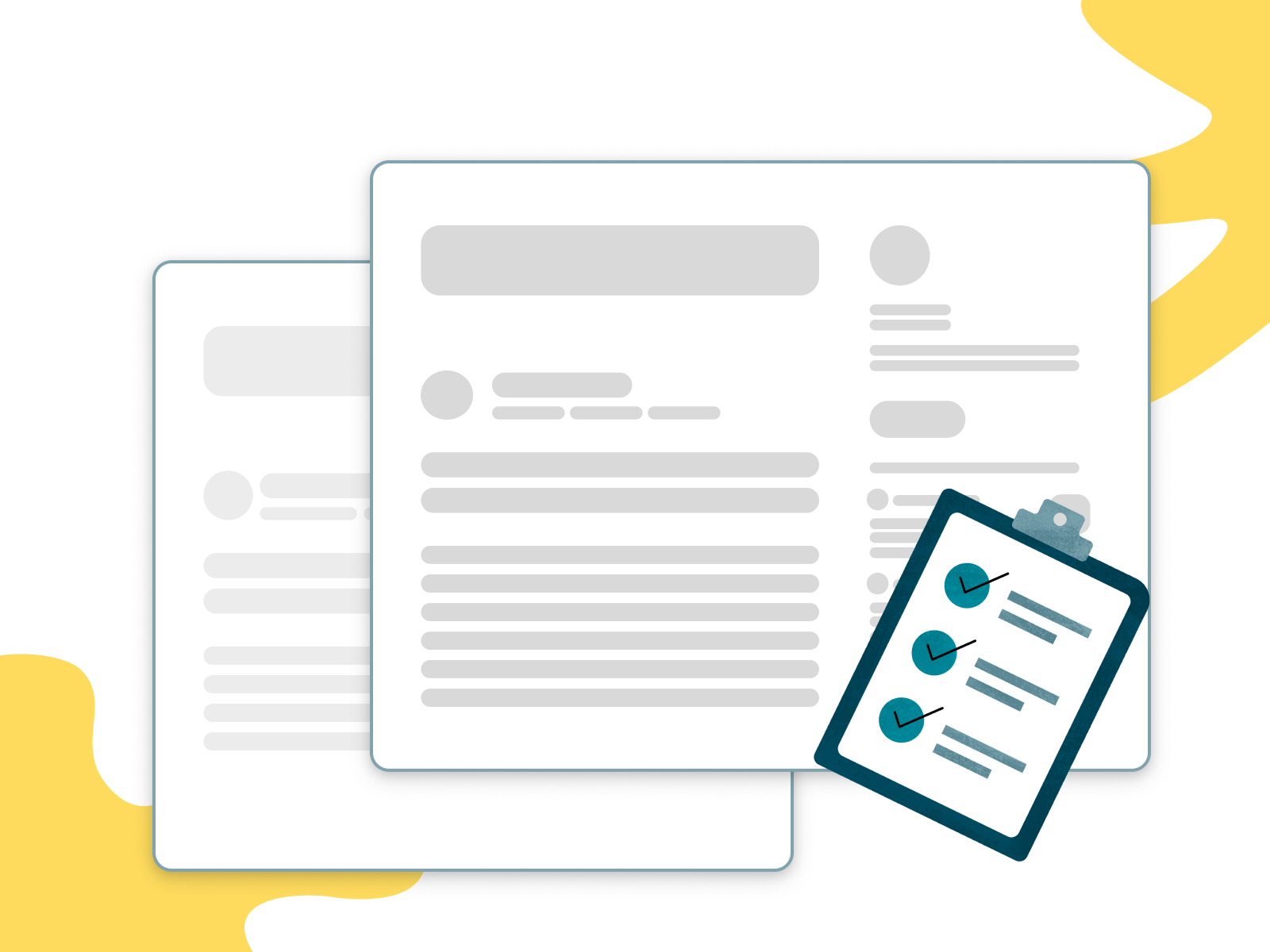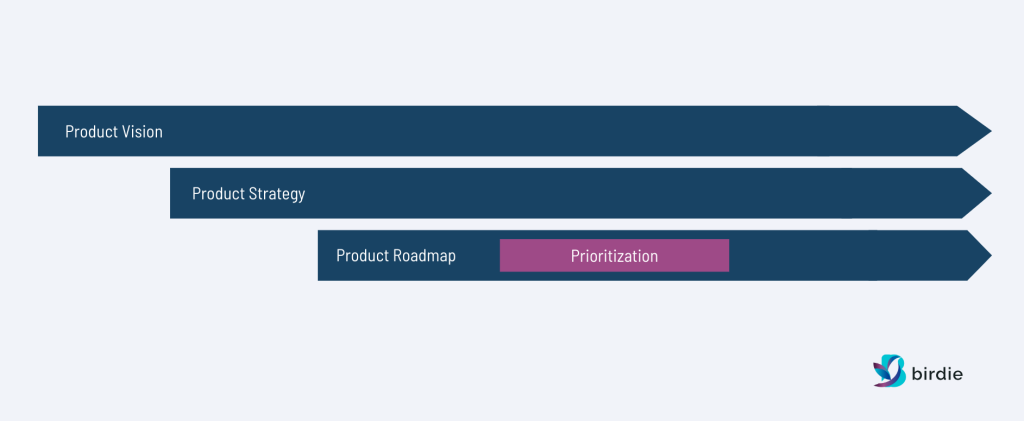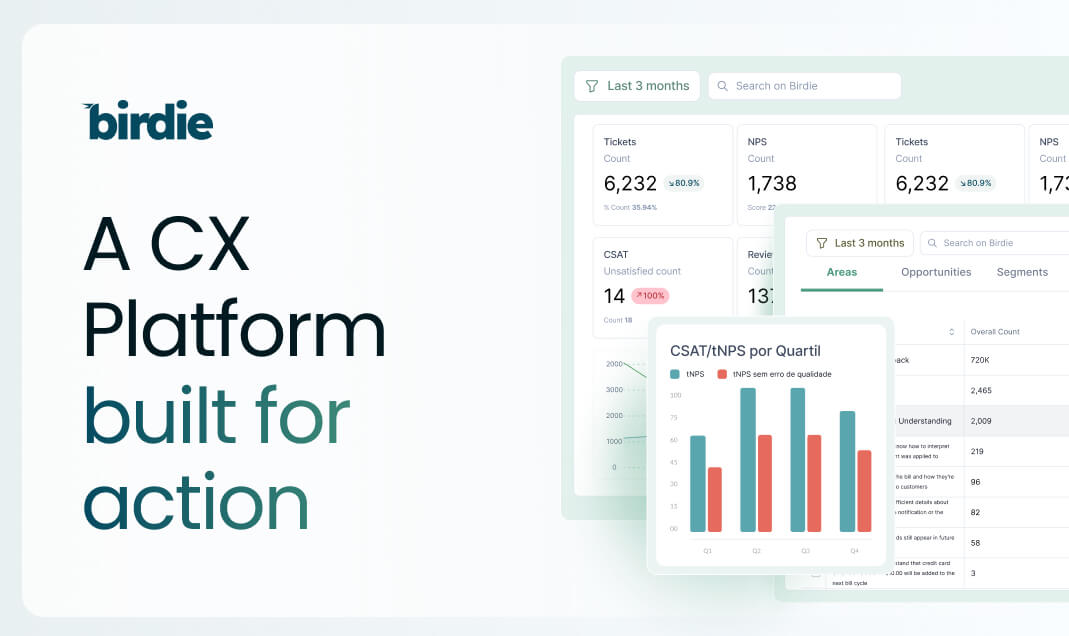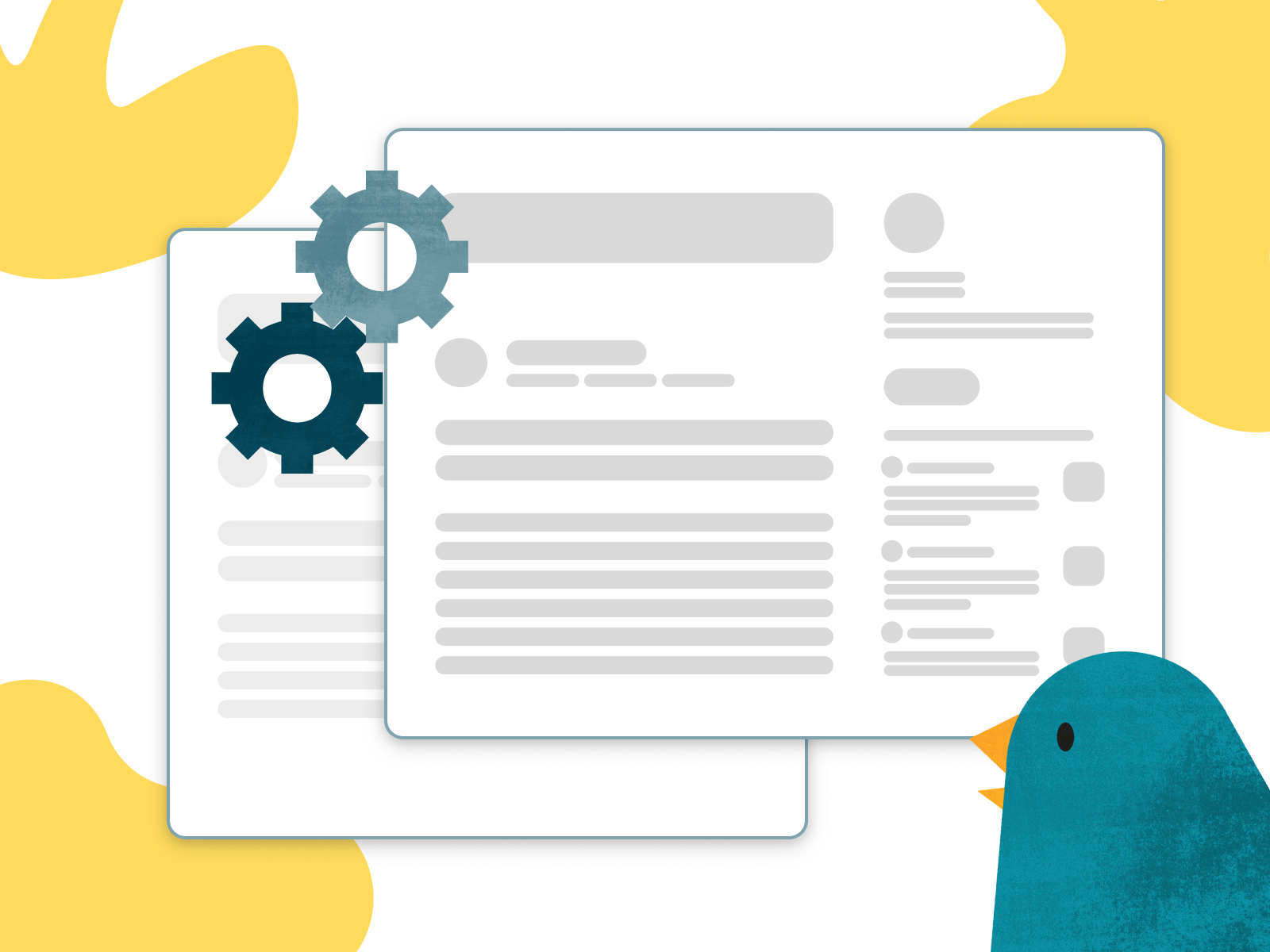

Product prioritization is one of the most important and challenging aspects of Product Management, probably right after product vision and product discovery.
And the reason is simple: you can have the best product vision, an amazing strategy, and run a perfect discovery process, but if you don't execute it with the right feature prioritization, there is a chance your company won't last to get where you envisioned it.
No wonder why you see 40,000,000 results when you search for it on Google and why there are at least 170 different feature prioritization frameworks (and growing) to help Product Managers execute this task.
Although product prioritization frameworks are important, they are not the Holy Grail. Here is everything you need to know about this topic.
What is product prioritization?
Product prioritization or feature prioritization is the process of evaluating and deciding which features or initiatives should be worked on first in order to deliver value to the customer.
This strategy takes into consideration different variables, such as the business and product goals, the users' needs, and, of course, constraints and limitations. No matter how big is a team, there is always more to be done than available time and resources, and it's important that a product manager chooses to focus on what will deliver the highest value.
But how can product prioritization be done when product managers are bombarded with literally hundreds of product feature ideas from different people - customers, sales, CS, marketing, partners, and even competitors? It can be challenging to do so - especially in a consistent and pragmatic way.
And that's why product prioritization frameworks were created.
Why are product prioritization frameworks important?
Knowing how to prioritize product features is important to ensure that you consistently make decisions once an opportunity or need appears, eliminating the guesswork and reducing uncertainties.
But, as mentioned before, it's hard to decide what to prioritize, especially when you have so many different sources of ideas and, of course, people involved.
Managing stakeholders' expectations and driving alignment among teams is a big thing for product management. Everyone thinks their idea is the best. Or that their customer need is the most important. And if you don't come up with a framework - a systematic process - to make prioritization decisions, you will likely struggle and end up with unhappy stakeholders, unnecessary conflicts, and poor or inconsistent decisions.
When it comes to choosing a prioritization framework, the first thing you need to know is that there's no perfect model. The best solution for you can vary depending on the company stage or size, the team's maturity level, etc., but the most famous methods are RICE, Kano, and MoSCow. We will discuss them further in another blog post.
How product prioritization can help product teams
Although product prioritization frameworks have the obvious benefit of making it easier and more structured to prioritize what to do next, there are some additional ways that it helps product teams:
- Reduces analysis paralysis and simplifies decision-making
As human beings, we have a hard time making decisions. When we have too many options (which is normally the case in feature prioritization), we can easily fall into overthinking, which will in turn lead to analysis paralysis.
Establishing a process and defined criteria to make decisions allows you to free up mental space and reduce the stress of decision-making. It also lets you feel more confident about a choice because it replaces the opinionated, gut-feeling decision process with a data-driven one. This not only allows you to measure results and either repeat and scale that process or change it but also to make it less personal - removing weight from your shoulders.
- Eliminates biases and spreads knowledge
When defining a feature prioritization framework, your company will assess all the information that is needed in order to run that process and get to a decision.
All that information will then be gathered constantly and weighted in your decision-making process. That means that your product team will have more data to rely on and analyze, reducing the chances of a biased decision. It will also generate a system of knowledge that can then be accessed by anyone in the organization - which can make it easier to reduce the turnover impact and knowledge sharing.
- Improves relationships with stakeholders
As discussed, one key thing for product things is managing stakeholders' expectations effectively. A product prioritization process makes it easier for product managers to support their decision with data to get the buy-in of others while also making it more transparent and less likely to be challenged.
And, even if it's challenged, it will be on a basis where everyone has the data to discuss and is aligned with the same strategic goals and weighting methods.
Common mistakes when using product prioritization frameworks
Even with so much literature around prioritization frameworks, there are still some mistakes that companies make when trying to do it - most associated to thinking that product prioritization is the only thing you need to be successful. Let's take a look at them.
- No product vision
As mentioned in the beginning, feature prioritization is a critical piece to ensure you're executing the right thing. But prioritizing features without a clear vision of where your product needs to be is a big issue: if you don't know where you're going, how can you know if you're doing it right?
Having a strong and aligned product vision is the cornerstone of a successful product. It's the first step you need to take and it needs to be considered not only in prioritization but also in development. Otherwise, you'll still end up as a feature factory.

- No product discovery
While product vision shows you where you want to go, product discovery gives you the input of what needs to be done and for who. Product management is all about delivering value to your users - and good product discovery allows you to generate a lot of ideas of what would do that.
It's common that companies forget about that, especially when they have a big backlog list of features, and ignore the customer altogether when prioritizing what to do, and this is the last thing you want to do.
A continuous product discovery ensures that you're constantly identifying and weighing which opportunities can be more relevant to achieve a given outcome - and that's the best input you can have to your roadmap prioritization.
- Too rigid frameworks
Although feature prioritization frameworks are great, they are not the Holy Grail. Sticking to a process has several benefits, but being too rigid when trying to implement an existing framework and assuming it will solve everything is not the right approach.
Flexibility is important here: the most important thing to keep in mind is that the process is there to help you with making decisions. Tailoring a framework to your current situation is OK, and there will always have elements outside of the model you chose that you will have to take into consideration. That's where your product intuition comes in.
- People and information overload
With so many stakeholders involved and sharing their opinions, you can get to a point where you have too many people and too many opinions to look into - and that overload of data can be overwhelming.
When it comes to people, it's important to review who really needs to be an active member of prioritization. When it comes to data, there will be a time when your company will likely need to invest in technology to help centralize and categorize information - making it easier for you to take action rather than spending hours trying to group what was said.
The purpose of product prioritization frameworks is to make it easier to make decisions. So, in the end, what really matters is that you define a process that takes the following into consideration:
- your business and product goals
- users' needs and expectations
- your product intuition
- how much each feature in the backlog aligns with them
Here at Birdie we can help you better understand users' needs to prioritize features in a truly customer-centric approach. We do that by automating the way you collect, classify, and analyze qualitative customer feedback. If you're ready to give it a try, request your free access.








